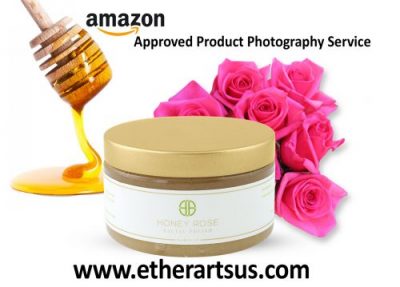White Background Photography issues only a Professional can fix
If you’ve got products that need the perfect white background, then all you need is a white background. You know we’re being sarcastic, and that’s why today, we’re going to share some white background photography issues.
White background photography issues only a professional can fix
In today’s blog post, we will share a minimum of five white background photography issues. After understanding these issues, you will realize why a professional is required. Note that we’re just explaining the problems because the fixes are left to professionals. So, let’s not wake up our complex technical brains.
- The white background appears dark grey – Sometimes, a single-speed light is not enough. The white background can appear white because of the inverse-square law. This law mentions that a square physical quantity is inversely proportional to the square of the distance. The distance being from the source of that physical quantity. Physics much? We’re explaining the behavior of light in photography. So, if you double the flash-to-subject distance, it reduces the light falling on the subject to one-quarter.
- The subject lacks contrast – You click a picture on a highly lit-up background. As a result, you get a low contrast, and the edges of the product or the person appear burned out. The problem is the light coming from the key light and then the light that’s bouncing off the background and hitting the product. It’s a balancing act that needs playing here.
- The background is not white across – When clicking a product against a white sheet, you may partially succeed, but then you see a hint of grey in the background. It can happen due to one of the lights turning off, especially when you have two lights or more that are used for the background.
- Products with reflective surfaces – Your products may be shiny objects, and even if not, they emit the flashlight you turned on. Reflective surfaces are a tricky situation that reflective product photography experts best manage.
- Clicking the product on the floor – The floor you have placed your product on is a white sheet. However, can you get the white base to look really white? The covering you add to the floor matters, surface types of which only a professional photographer would know.
- White background editing – Editing a photograph clicked on a white background is easy, right? You will find that the RGB shades on the white background are not quite equalized on the software editing system at any level. This issue is a result of the software technical default condition. Other problems can also result in the software that may also arise from faulty clicking practices.
So, you may not be quite well-versed with the methods of white background and reflective product photography. That’s okay; EtherArts Product Photography doesn’t want you to pick up the camera when professionals are available. You can focus on growing your business while we help visually develop your brand identity in the best way possible.
If you want to know about our product photography pricing and other details, contact us today.







